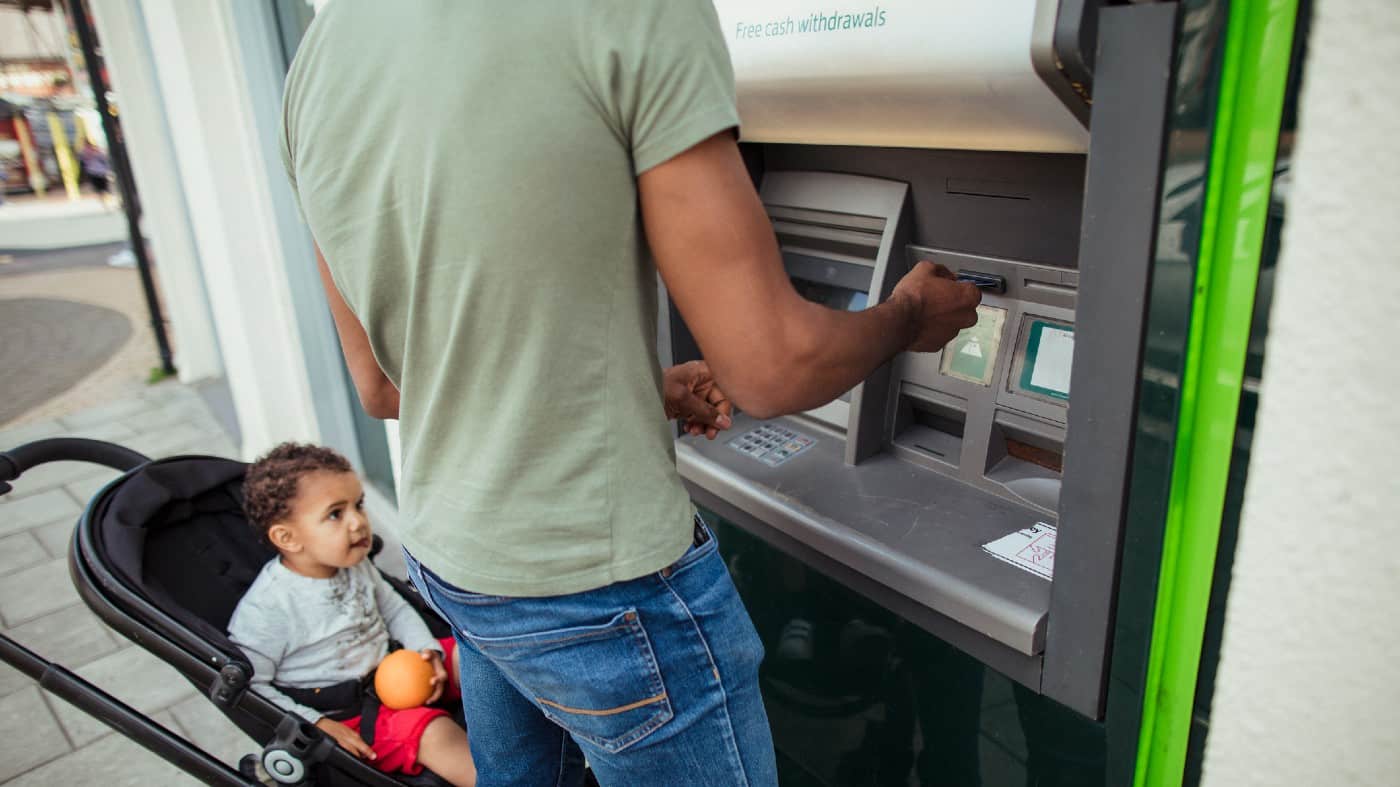The Barclays (LSE: BARC) share price dropped on 24 October 2023 with the release of its third-quarter results.
In early trading on the day, the stock was down by around 6.5% near 135p. And that made it the biggest faller in the FTSE 100.
Dividend advances ahead
Chief executive CS Venkatakrishnan said the banking firm achieved a return on tangible equity of 11% in the period “against a mixed market backdrop”.
However, earnings look set to be lower for the year. And on top of that, the outlook statement might have done some damage to investor confidence. The directors are evaluating possible actions to help drive future returns. But those moves may lead to “material” additional costs in the fourth quarter.
Nevertheless, there’s no hint in the report of any proposed trimming of the shareholder dividend. And the company seems to be wedded to its progressive policy for shareholder payments.
I think that makes the stock worth consideration for dividend-hunting investors.
City analysts expect decent, double-digit percentage advances in the shareholder payment in 2023 and 2024. And set against those estimates, the anticipated yield for 2024 is running near 7.4%.
It’s never guaranteed that any company will make its estimates. But that level of yield is eye-catching and worthy of further research.
But there’s a problem – and it’s been going on for many years with Barclays. The big negative is the dreadful long-term performance of the share price.
Let’s be kind to the company and only consider the stock since the rebound after the banking crisis of 2007/08.
Since bouncing up to around 350p by October 2009, there’s no denying the trend since then has been down.
And that’s a problem for income-hunters. There’s no point collecting a stream of dividends for years if the capital value of the investment erodes those gains.
The challenge of cyclicality
That’s why my personal strategy for dividend investments requires an underlying business to show at least modest annual gains for revenue, earnings and cash flow. That requirement can help to keep the share price buoyant and the dividends rising.
But Barclays fails this basic test. Banks are cyclical. And that tends to lead to a famine-or-feast performance from key financial indicators – including dividends.
A glance at the five-year financial record for Barclays shows the cyclicality in action. Some years show hefty declines for annual earnings, cash flow and dividends. And that’s the cyclicality playing out.
For me, that means Barclays is a poor candidate for a long-term buy-and-hold strategy. And that’s despite the huge yield the stock has now.
We never know for sure when the business will plunge into a downturn with a collapse in earnings, dividends, cash flow and the share price.
However, the stock does present opportunities for fleet-footed investors with a shorter holding timeframe. After all, cyclicality works in both directions. And advances for the stock can be rapid on the upswing.
But timing the purchase of an out-and-out cyclical like Barclays is notoriously difficult. So, for me, this one goes on the ‘too difficult’ pile right now and I’ll watch from the sidelines for the time being.








